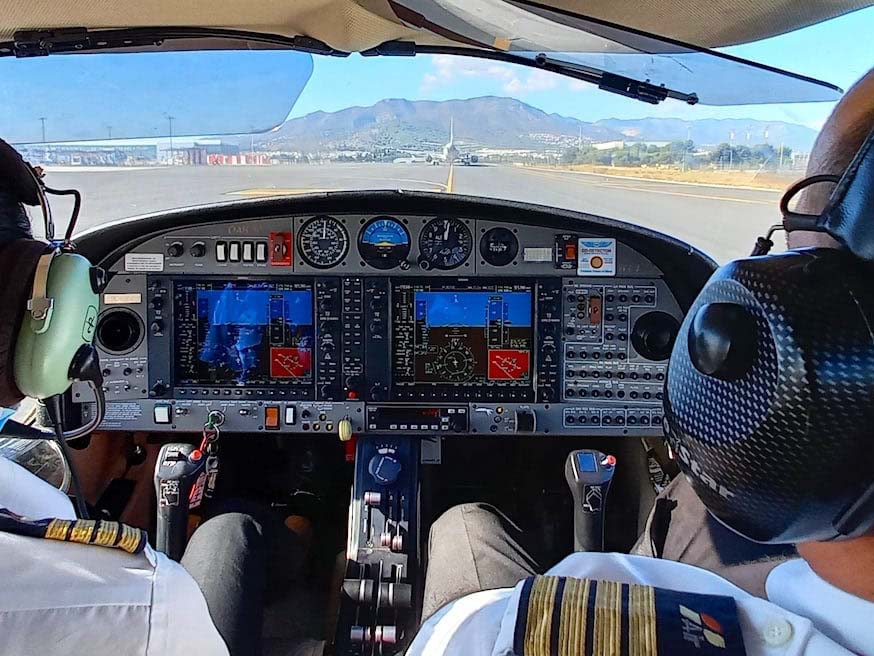The lady instructor and the student
Kenyan instructors have gone through a lot and have seen wonders in students. To be a flight instructor, you have to go through intensive extra training after your Commercial Pilot’s Licence. There’s something about female pilots people don’t really know. These are not your normal kind of women; they are cut from a different cloth. These ladies would climb on the aircraft wing and manually refuel the aircraft with a standard fuel container. In one case, a lady instructor was given a male student who had less than 20 hours of flying. The ‘ninja’ student had issues before with other instructors due to the fact that he had been heavily practicing in his home computer on a flight simulator. Madam Instructor had never had an experience with him before. They briefed very well and they were airborne for the local training area which covers an area near Ngong Hills and Limuru. Today’s lesson, STALLS. Stalls is a sudden reduction in the lift generated by the wing when the critical angle of attack is reached or exceeded. In layman’s language, stall training is a manoeuvre where the aircraft speed is reduced to below takeoff speed on purpose so that the plane loses lift or some degree of lift and the student is taught to recover from this. This manoeuvre is important in training; just in case it happens in flight, a pilot can recover. The recovery from this is precise and procedural. Our student had also been performing stalls in his simulator and had his own recovery ideas. The aircraft in use was a Cessna 172. This aircraft is used widely worldwide because of safety and it can handle a student. If you use wrong procedures in recovering from a stall, the aircraft can enter into a spiral dive which is a steep descending turn with the aircraft in an excessively nose-down attitude and with the airspeed increasing rapidly. If the spiral dive is not corrected, it can become a spin which is a corkscrew-like, downward path. For the Cessna 172, it can recover on its own or by pilot inputting opposite radar. The stall exercise commenced with the student counting the procedures loudly but actions different. The aircraft got a wing drop and entered into a spiral dive. The huge ‘genius student’ panicked and locked. Madam Instructor tried to recover but she could not get the young man off the controls. She took physical matters into her own hands as she screamed “achana na controls“ (leave the controls). The student started screaming, unaniua“ (you are killing me) as he left the controls to protect himself from the instructor. The instructor recovered the aircraft in the nick of time. She climbed back to altitude, setting course direct to Wilson Airport. The student had learnt his lesson and later caught up with the training and ended up becoming a good pilot. “The home simulators are good for fun, but in training, simulations are pre-approved. Training simulators are listed, are for specific aircrafts and mimic the real type of aircraft,“ says Capt Leah Kihara, Chief Flight Instructor at Flight Training Centre. “When you start your flight training , focus on what instructors are telling you.” [Jimmy Wanjala]

